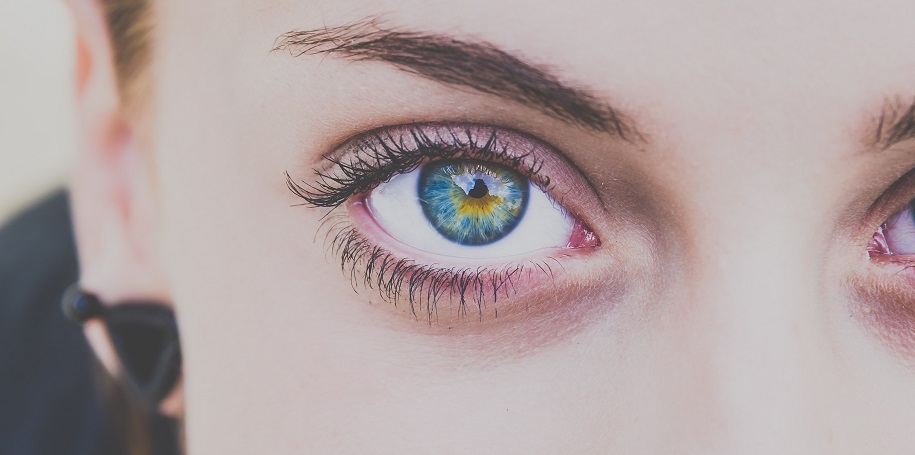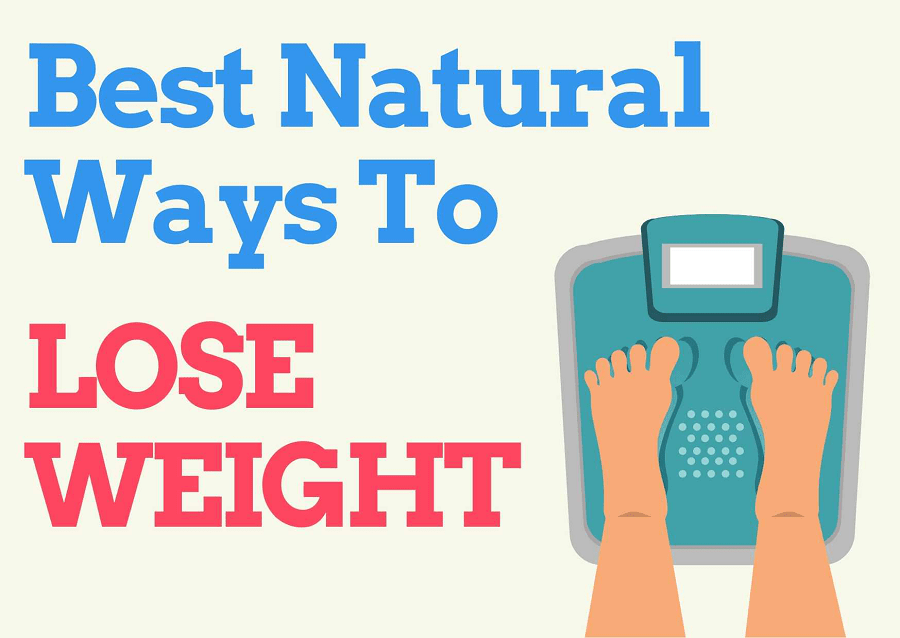Eye injuries can cause catastrophic, permanent damage. The delicate structure of the eye is particularly vulnerable; even relatively small knocks, cuts, or scratches can cause enormous problems when they occur in the eye area.
The stakes are high, too, because the thought of losing vision, even partially, is terrifying to most of us.
Eye doctors know that the causes of most severe eye injuries are rarely unusual or “freak” situations. Most accidents happen in people’s homes, or at work or at play, doing activities they do day in, day out.
Therefore, it makes sense to know the most common causes of eye injuries. This enables you to take simple precautions that will lower the risks and help you to protect your own eyesight and that of your family.
Here are the three most common causes:
1. Flying Objects
Any object flying at speed through the air can cause great damage to the eye area.
Every year, doctors treat thousands of victims of accidents caused by otherwise harmless items like champagne corks, or toys thrown by children. Here are some other typical examples:
- Items were thrown into the air by lawnmowers, or car or bike wheels
- Fireworks
- Sports eye injuries from balls (i.e., tennis balls, baseballs, golf balls or basketballs)
- Paintball pellets
- Bullets from toy guns
Potential damage
Flying objects may scratch the cornea (the transparent dome covering the iris and pupil). This type of injury is called a corneal abrasion. While it is very painful and distressing, these injuries usually heal well with the help of an eye doctor.
It is very common to feel like there is something still stuck in your eye, even after your eyes have been checked and any foreign objects removed. This feeling may last a few days.
More serious injuries occur when objects cut deeper into the eye or become lodged. These injuries will require emergency treatment (perhaps surgery), and may cause permanent damage to your working vision.
2. Falls and Bumps
There are hundreds of scenarios that could cause a major blow to the eye and serious damage. These include:
- Falling down stairs
- Falling onto or bumping into furniture
- Car accidents
- A fist fight
- An elbow knock during vigorous sports
Potential damage
At the very least, you may experience extensive bruising and swelling to the tissues in the eye area. This will cause much discomfort for some days or even weeks.
If the blow is even greater, then there is the potential for bleeding within the eye.
If the blood is caught below the conjunctiva (the protective membrane covering the outer eye around the cornea), this injury is called a subconjunctival hemorrhage. Vision will be undisturbed as the cornea and inside the eye are not affected.
A hyphema is a more serious bleed. This is where blood collects between the iris and the cornea and does affect vision.
Signs of a hyphema are blurred or blocked vision, pain, or sensitivity to light. All bleeding in the eye should be treated as a medical emergency.
Furthermore, blows to the eye can sometimes cause the bones in the area, those that support the eye, to break. Muscle and nerve damage can also occur.
3. Chemical Burns
Even everyday chemicals in your home can cause serious problems if they enter the eye area. Examples of these dangers include laundry detergents, toiletries, solvents, garden fertilizers, bleach and other cleaning agents.
Strong alkalis or acids generally cause the most damage to the eye, with chemicals closer to pH neutral causing lesser damage.
However, you should always take every precaution possible not to get any chemical in your eyes. Remember that chemical vapors, as well as liquids, can cause damage.
Potential damage
The level of damage will depend on what chemical enters the eye, in what quantity, which parts are affected, and how long the chemical stays there. Symptoms vary from mild irritation to loss of vision.
Serious chemical burns in the eye can cause terrible damage, including permanent loss of sight in one or both eyes.
Always treat chemicals in the eye as an emergency and see a doctor as soon as possible.
It would be helpful for the doctor to know exactly what chemical has entered the eye, so take the packaging with you if possible. This will help them decide on an appropriate treatment.
Some Simple Precautions to Take
Many accidents are preventable. Here are some simple steps to take to reduce risks.
Wear safety glasses or goggles for higher risk activities
Safety goggles or glasses would prevent many eye accidents. These are widely available. You should look for glasses or goggles that have been thoroughly tested and meet all safety standards appropriate to where you live.
Be sure they will not fall off easily during your activity. They also should clearly state that they are made from shatterproof material (polycarbonate), too.
You should consider wearing them for:
- DIY and gardening tasks
- Recreation that involves flying objects, like paintball or toy guns
- Some sports (see below)
- Household tasks that involve hazardous chemicals
Get the right eye protection for sports
There are many sports that call for the use of shatterproof safety glasses or goggles. If the sport is played outdoors, it may be even safer to wear safety goggles or glasses with UVA/UVB protection, too.
Never wear sunglasses or regular glasses in an attempt to protect your eyes. These may shatter and cause even greater damage.
Be sure to get the right type of protection for the sport you play. For some sports, a different type of eye covering may be more appropriate.
For instance, a full faceguard is recommended for hockey players. Talk to your eye doctor, coach, or sports authority for further advice.
Frequently scan your home and workplace for hazards
Be “eye aware” and keep a lookout for hazards around the home. Some examples may be:
- Hazardous chemicals left in reach of children
- Cables or toys strewn across a pathway
- Sharp edges on furniture that young children may fall onto
- Slippery spills on the floor
If you have young children in your home, you should take extra steps to make your home as safe as possible.
Your local baby supplies store will have a wealth of products like cupboard door locks, stair gates, and products that cushion sharp edges of furniture.
Practice and teach common sense
It is not possible to prevent all accidents from flying objects, and it is not practical or desirable to wear safety glasses all the time.
Take a common-sense approach when handling items like champagne bottles and teach your children the dangers of flying objects as early in their lives as possible.
Educating yourself and your family on potential dangers to the eyes and following the steps above should minimize your risk of eye injury.
If you are unfortunate to experience an eye injury of any kind, always seek help from a medical professional straight away.
Also Read: The Benefits of Yogurt For Your Health In Daily Life

















Add Comment